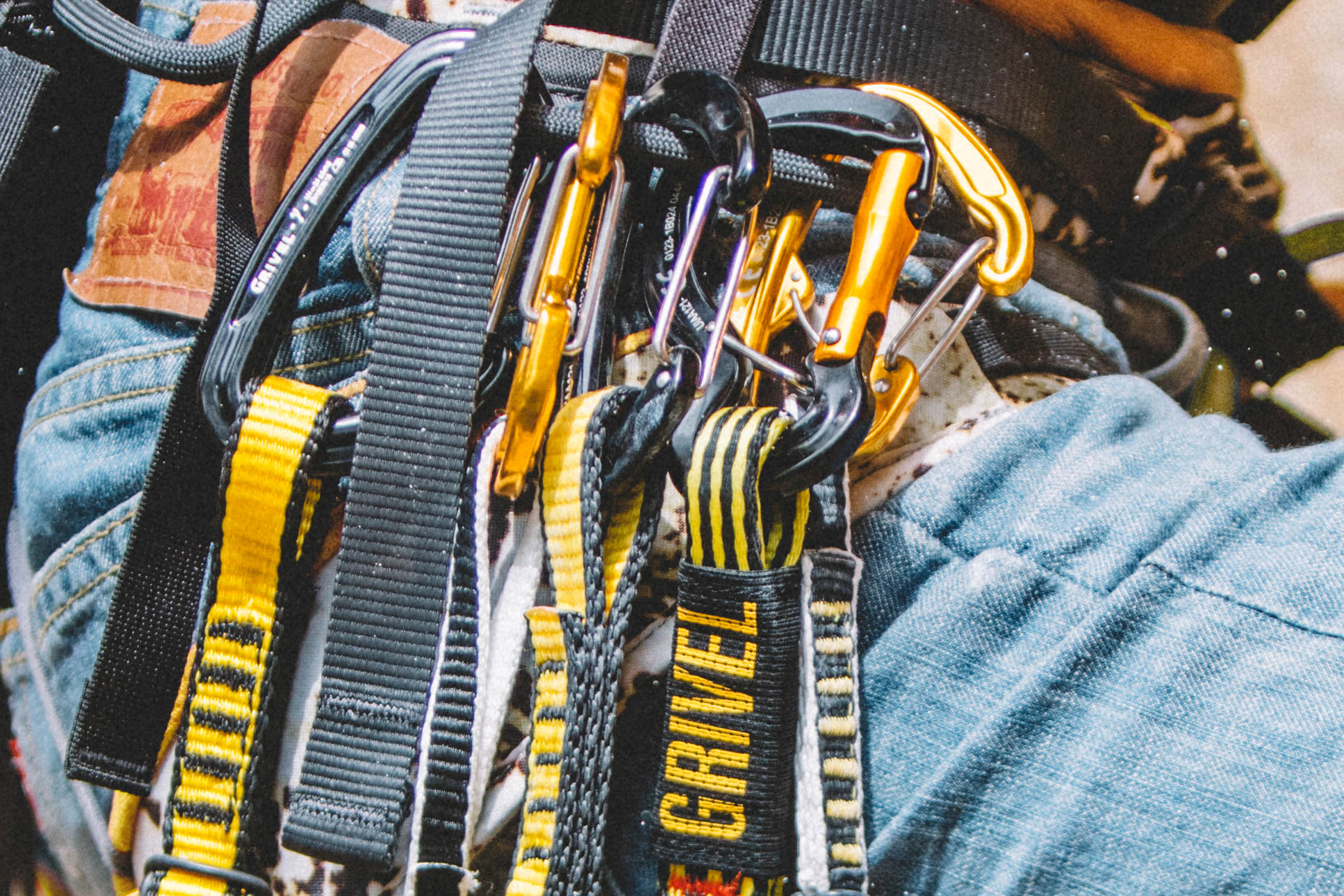
Hot drop forging: the secret of Grivel’s steel
Some technologies are unbeatable for obtaining the best possible mechanical characteristics: hot forging is emblematic in this case.
When Oskar Eckenstein, the famous inventor of crampons, stepped into the Grivel's smoky workshop in 'Les Forges' in Courmayeur in 1909 the family was already renowned among alpinists for the quality of their ice axes. Henry Grivel used to convince even the most wary clients of the strength of his tools were by striking them on the huge block of granite outside his workshop. But where did this strength and above all this self confidence come from? It derives from the technique of hot drop forging.

Steel doesn't have the cold and uniform characteristics that we usually give it but is instead groups of molecular chains that line up and distribute themselves according to lines of force that create the strength of the piece of 'iron'. A bit like fibres in wood that we're used to seeing and choosing according to their natural formation to get the best possible stamina. The huge advantage of steel is that it can be shaped to how we want it when it is heated to 'cherry red' temperature (about 950'C). Mantice, at this point, can be modified through being beaten to align its fibres according to the lines of force needed to obtain the maximum strength in the direction that we want: for example following the length of an ice axe's blade.
The fibres in steel are internally aligned in a casual sequence, these can be re-aligned which ever direction we want when the steel is heated to a certain temperature and then 'ironed out' by beating it and forcing it into the desired alignment. This operation, followed up by heat treatment (what was once known as 'tempering' that fixed permanently the internal structure), is precisely known as 'hot forging'. It is how the best characteristics and the desired form are obtained from steel. No other process has ever, and ever will, better this one: quiz a specialist in metallurgy and he'll confirm it.

To summarize, the hot drop forging benefits are the following:
- More solid:
Through hammering and stretching, the fibres are lined up and positioned to provide the piece with maximum strength along the required direction - Better looking:
Forging allows to model the steel in 3D shapes, making it thicker where more resistance is needed and thinner elsewhere - Lighter and better balance:
The piece is thick only where it is needed, so every part has the right weight in the right place and you can feel it.
Discover all the hot forged Grivel Ice Axes and hot forged Crampons.


